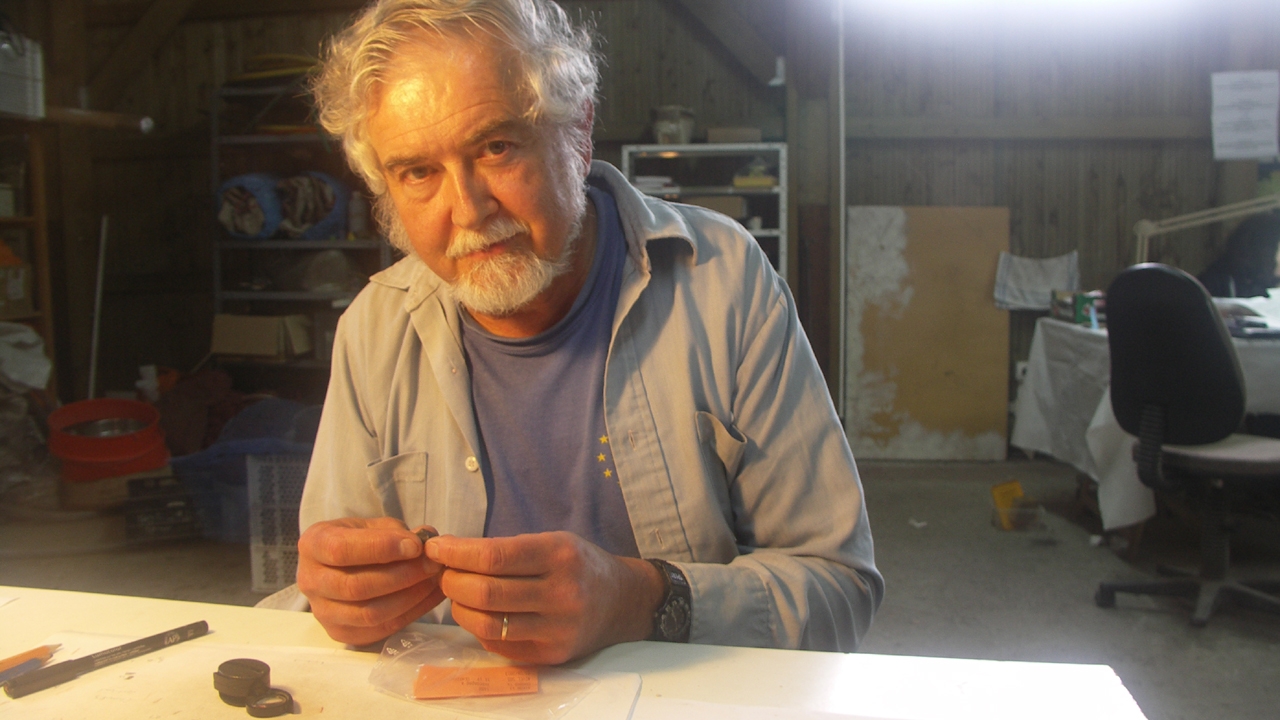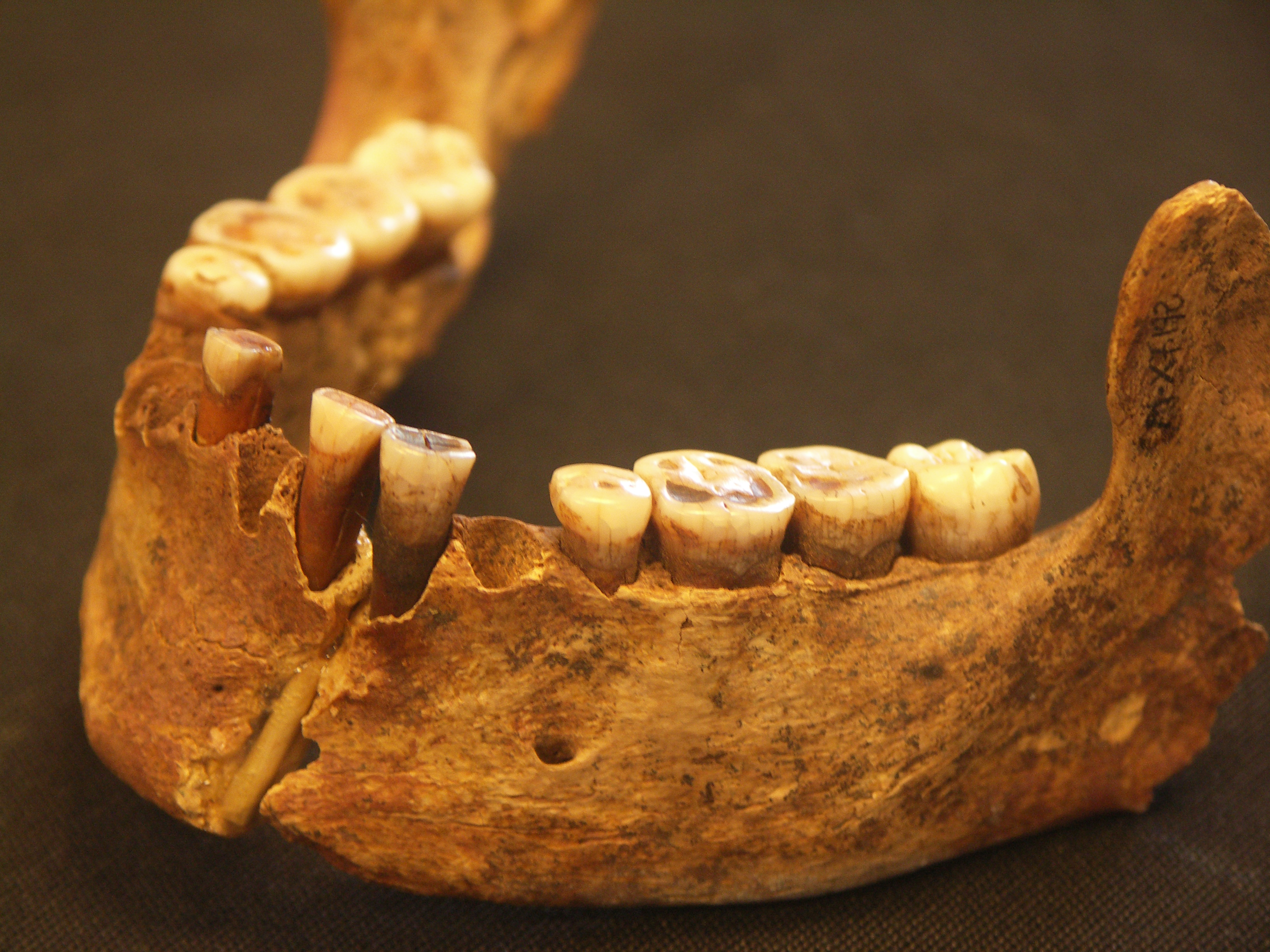UNM Professor Continues to Find Trove of Information from El Mirón Find
Departmental News
Posted: May 10, 2021 - 12:00pm

Around 19,000 years ago, a woman ̶ possibly a woman of some special status ̶ from a group of hunter-gatherers died and was buried in El Mirón Cave in northern Spain. In 1996, archaeologists started exploring the cave, finding abundant evidence of prehistoric people. In 2010 Lawrence Straus, Emeritus Leslie Spier Distinguished Professor at The University of New Mexico, and a Spanish student found the woman’s remains, including her jaw, after Straus had what he described as “a hunch” to dig in an area behind an engraved block at the back of the cave’s huge vestibule.
The excavation was directed by Straus and Manuel Gonzalez Morales of the Universidad de Cantabria in Santander between 1996-2013 with the participation of many students from UNM, Cantabria and universities around the world. They found El Mirón has a cultural sequence ranging from the late Middle Paleolithic to the Bronze Age.
 The prehistoric woman’s age is estimated to be 35-40 years at death and her bones were coated with non-local ochre, a red, iron oxide pigment, earning her the moniker the Red Lady of El Mirón. Since that finding, the Red Lady has continued to offer a torrent of information and data to archaeologists and bioanthropologists ̶ often by chance, according to Straus.
The prehistoric woman’s age is estimated to be 35-40 years at death and her bones were coated with non-local ochre, a red, iron oxide pigment, earning her the moniker the Red Lady of El Mirón. Since that finding, the Red Lady has continued to offer a torrent of information and data to archaeologists and bioanthropologists ̶ often by chance, according to Straus.
Straus, on a whim, attended a talk by Christina Warinner from the Max Planck Institute and Harvard University at an American Anthropological Association meeting in 2016, in which she described the extraction of DNA from bacteria in dental calculus. Meeting with her after the session, Straus interested her in obtaining a sample from Power and eventually she and her team extracted the DNA of bacteria from the Red Lady as part of a vast study of the oral biome of apes and living and fossil humans.
The study was published this week in PNAS in a sweeping article,The Evolution and Changing Ecology of the African Hominid Oral Microbiome, of which Straus, Warinner, and Power are among the many co-authors. One of many surprising results was that the Red Lady shared some of the same bacterial strains as the Neanderthals of Europe, who had gone extinct some 20,000 years earlier. And then, 5,000 years after the Red Lady, those bacteria went extinct. The oral biome is the bacteria that live in mouths, in this case, those of the great apes, Neanderthals, and Upper Paleolithic and modern humans, Straus explained. Read the full article
